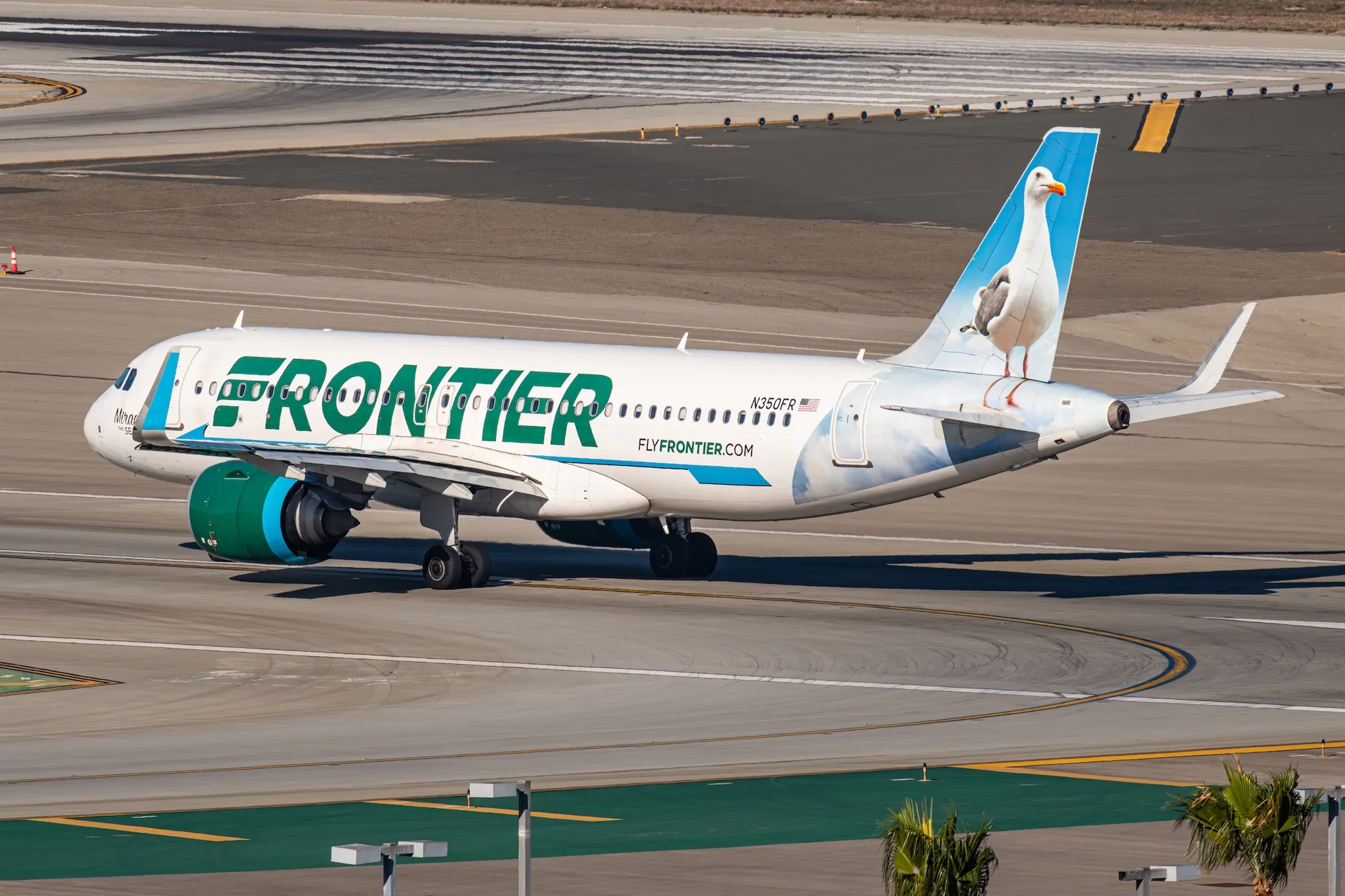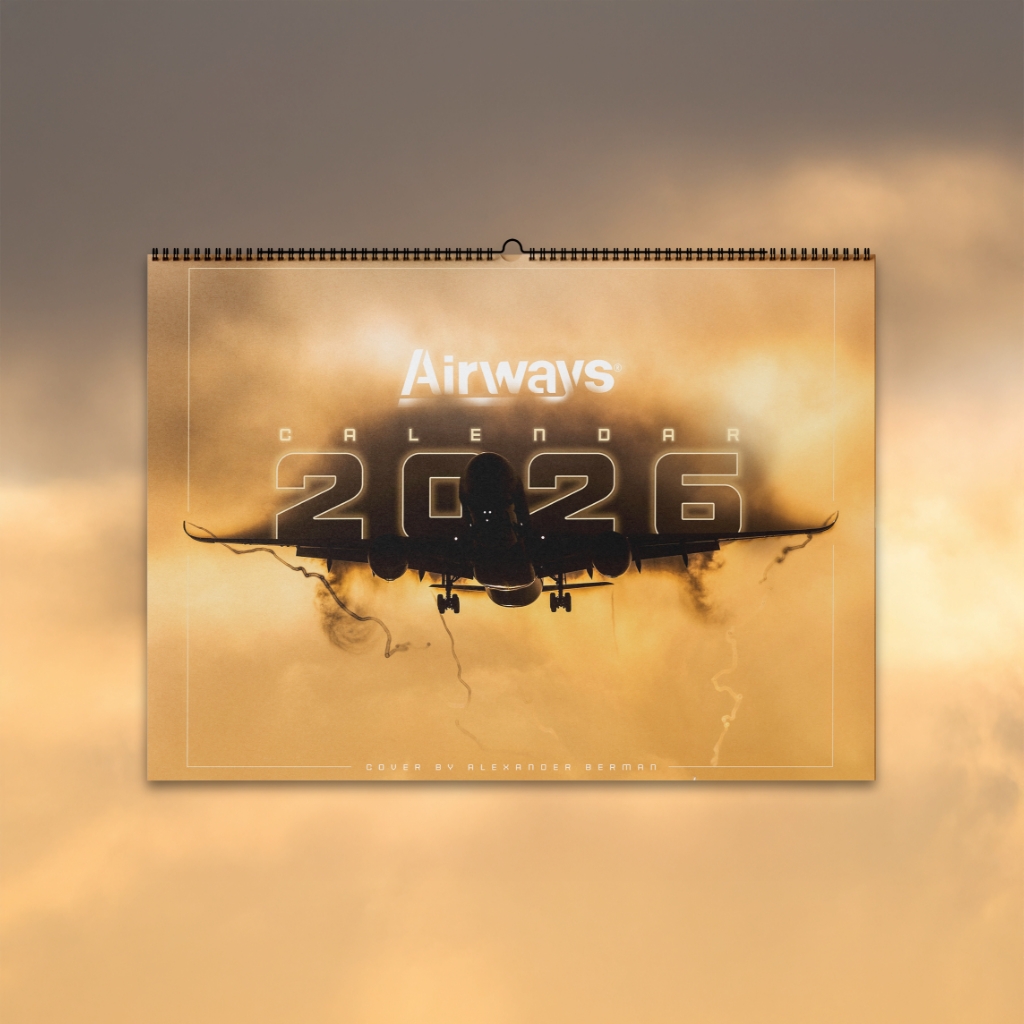DENVER — Frontier Airlines (F9) has committed to being the leading low-fare airline across the top 20 U.S. metro areas.
The Denver-based ultra-low-cost carrier unveiled its plan, featuring a vast expansion of routes, ultra-low introductory fares, and an overhaul of its customer offerings, under what it calls the New Frontier strategy.
New Routes, Old Formula
Examples of the new services include:
- Baltimore (BWI) – Cancun (CUN)
- Detroit (DTW) – Miami (MIA)
- Houston (IAH) – Guatemala City (GUA)
- Dallas–Fort Worth (DFW) – Liberia, Costa Rica (LIR)
- Charlotte (CLT) – San Juan, Puerto Rico (SJU)
As we all well know, the ultra-low-cost carrier model relies on offering very low base fares while generating additional revenue through optional ancillary fees. For many travelers, though, the price on the ticket is what matters most.
Why Now?
The timing is interesting.
Spirit Airlines (NK), long considered F9’s mirror rival, is still trying to recover from bankruptcy. Its growth has slowed, leaving a gap. Southwest (WN), famous for its two free checked bags, has begun charging, making it a little less “special” compared to the ultra-low-cost players. And the legacy airlines are focused elsewhere, chasing business travelers and premium international markets.
Barry Biffle, F9’s CEO, said in a statement, “As industry capacity adjusts, we want to ensure consumers in those markets continue to have affordable flight options.”
The “New Frontier”
As part of its New Frontier initiative, F9 is going beyond low fares to give travelers more choice and comfort. The airline already offers UpFront Plus seating, which provides extra legroom and elbow room in the first two rows, and it plans to introduce First Class seating in late 2025, combining Frontier’s signature affordability with added comfort.
The loyalty program, FRONTIER Miles, is also getting a boost with several new benefits. Cardmembers of the FRONTIER Airlines World Mastercard® can earn Companion Travel Certificates through everyday spending, with certificates awarded at us$3,000, us$10,000, and us$20,000 in purchases.
New members can match up to 1 million miles from other airlines, earning the same amount with Frontier over 12 months to unlock them. Additionally, travelers with elite status in Southwest Rapid Rewards, JetBlue TrueBlue, Spirit Free Spirit, or Alaska Mileage Plan can upgrade to Frontier Elite Gold for $69 through December 2026.
CEO Barry Biffle has also stated that Frontier aims to double its loyalty program revenue to $6 per passenger by 2026
Breaking Into the Top 20
Targeting the top 20 U.S. metropolitan areas presents a significant challenge, as many of these cities are dominated by legacy carriers with well-established hub operations and high market share. For example, United Airlines (UA) at Houston (IAH), Delta Air Lines (DL) at Atlanta (ATL), and American Airlines (AA) at Dallas/Fort Worth (DFW).
Frontier does not aim to displace these carriers entirely; instead, its strategy focuses on capturing price-sensitive leisure demand on select point-to-point routes.
By concentrating on destinations with substantial leisure travel traffic, both domestic and international, the airline can operate profitably without competing directly against legacy hub networks on every route.
F9’s A320neo family aircraft are well-suited for this approach, offering the right capacity and efficiency for high-frequency, short- to medium-haul flights while keeping costs low and fares competitive.
The “Additional Fees” Concern
Of course, the ULCC model comes with baggage, literally. Passengers often complain about the long list of add-on fees, including baggage, seat selection, and printing a boarding pass. Frontier is frequently at the bottom of customer satisfaction rankings.
But the airline knows something important: people still book. In many cases, passengers are willing to trade comfort for cost, at least for a short flight to the beach. The challenge now is whether the “New Frontier” polish, which claims to bring better tech, loyalty upgrades, a first-class option, can lift the airline’s reputation without losing the low-cost advantage.
What It Means for Travelers
For travelers, the effect is immediate—more routes, more options, and lower entry fares on specific city pairs. Even if you don’t fly Frontier, the presence of a $29 fare on a route often pushes other carriers to adjust pricing.
It also means more nonstop access to international leisure spots, avoiding the need to connect through expensive hubs. For passengers in cities like Detroit or Baltimore, that’s an attractive change.
Bottom Line
Frontier’s declaration may sound like marketing, but it represents a real strategic bet. By expanding routes, reshaping loyalty, and even testing premium seating, the airline is trying to lock down its place in America’s largest cities.
Will it truly become the number one low-fare carrier in the top 20 metros? That depends on execution, and on how rivals react. But for travelers, the immediate benefit is clear: more low fares, more vacation options, and a reason to keep watching Frontier’s next steps.
Stay tuned to Airways and follow us on LinkedIn and Instagram for the latest updates.



.webp)
